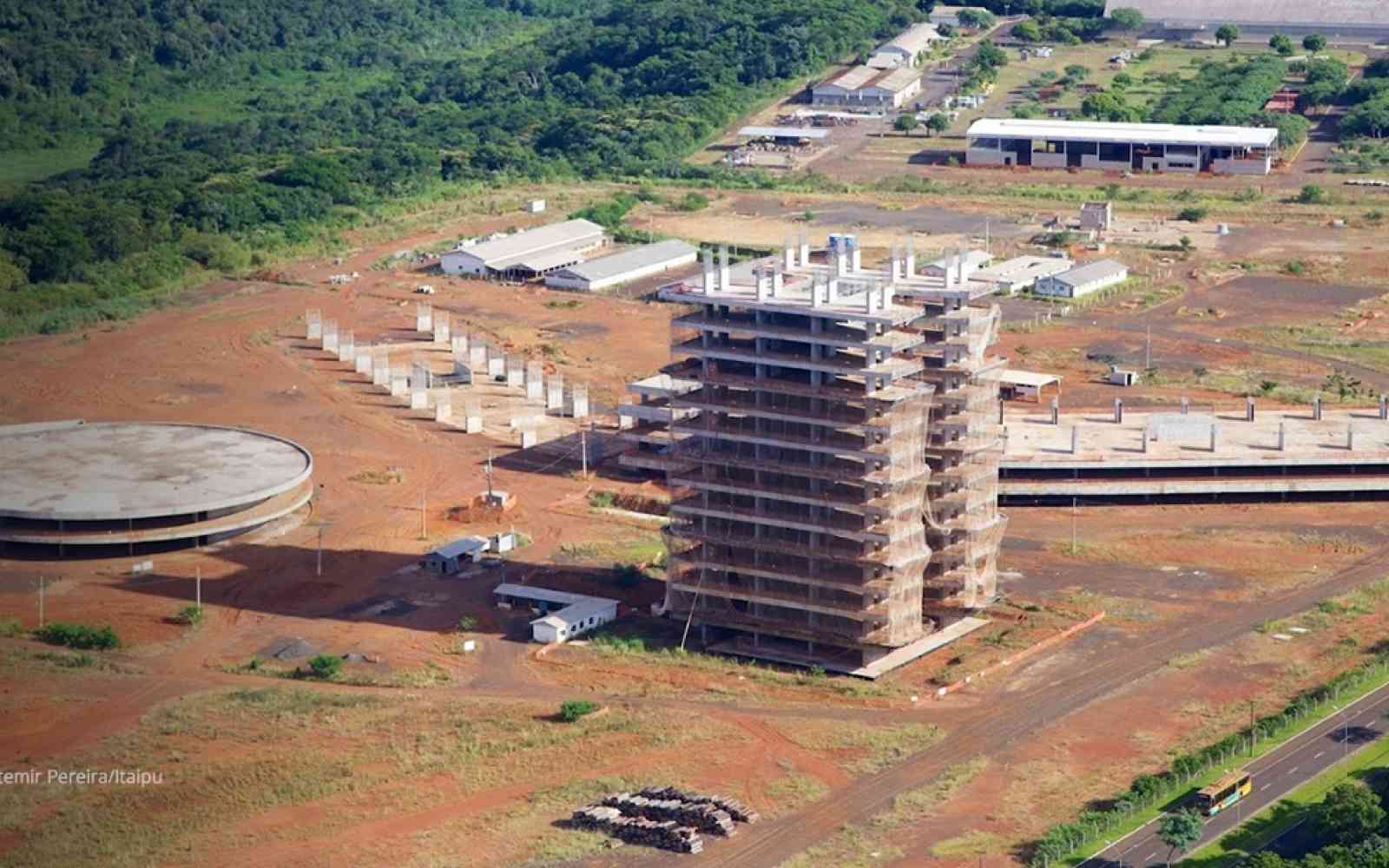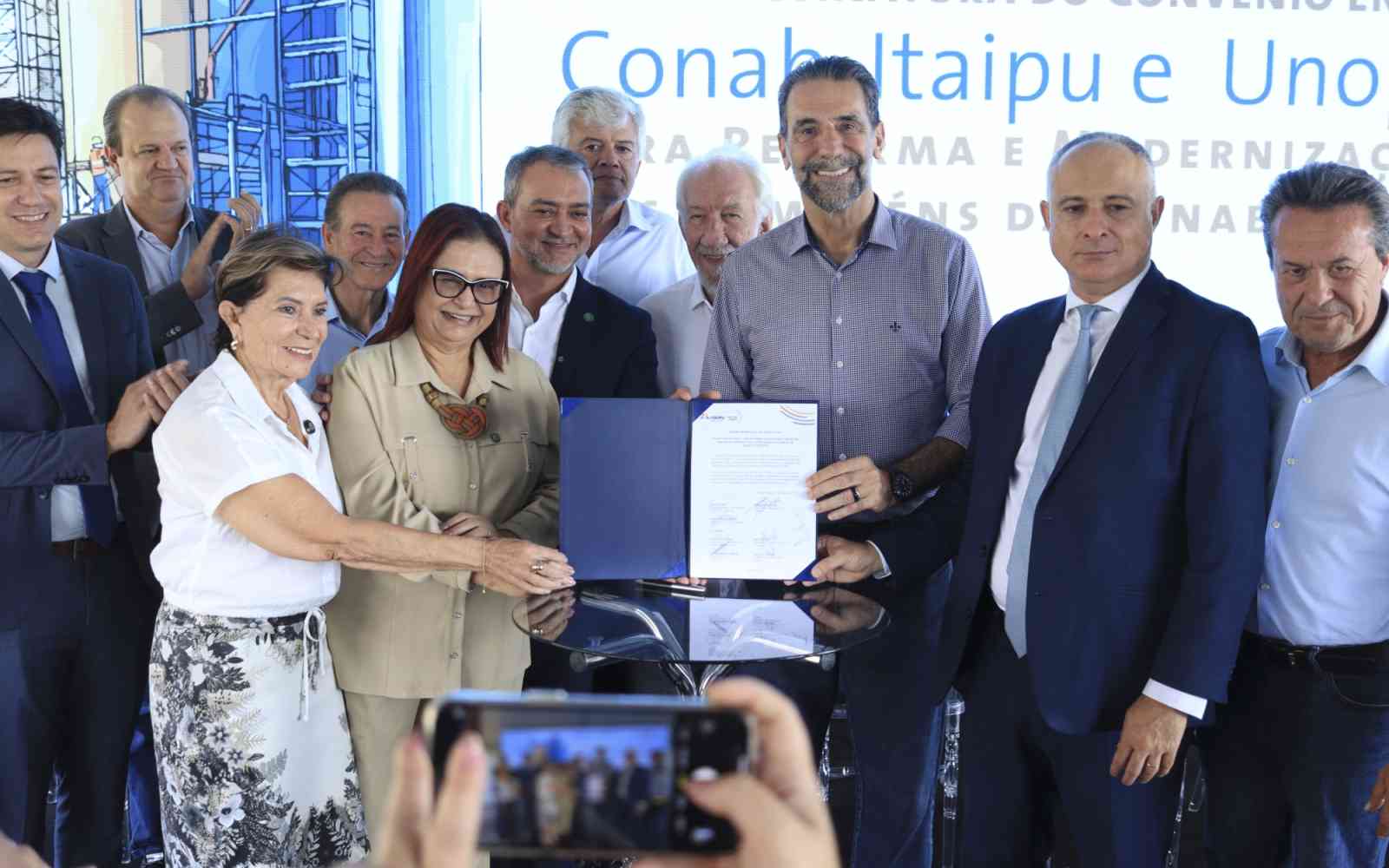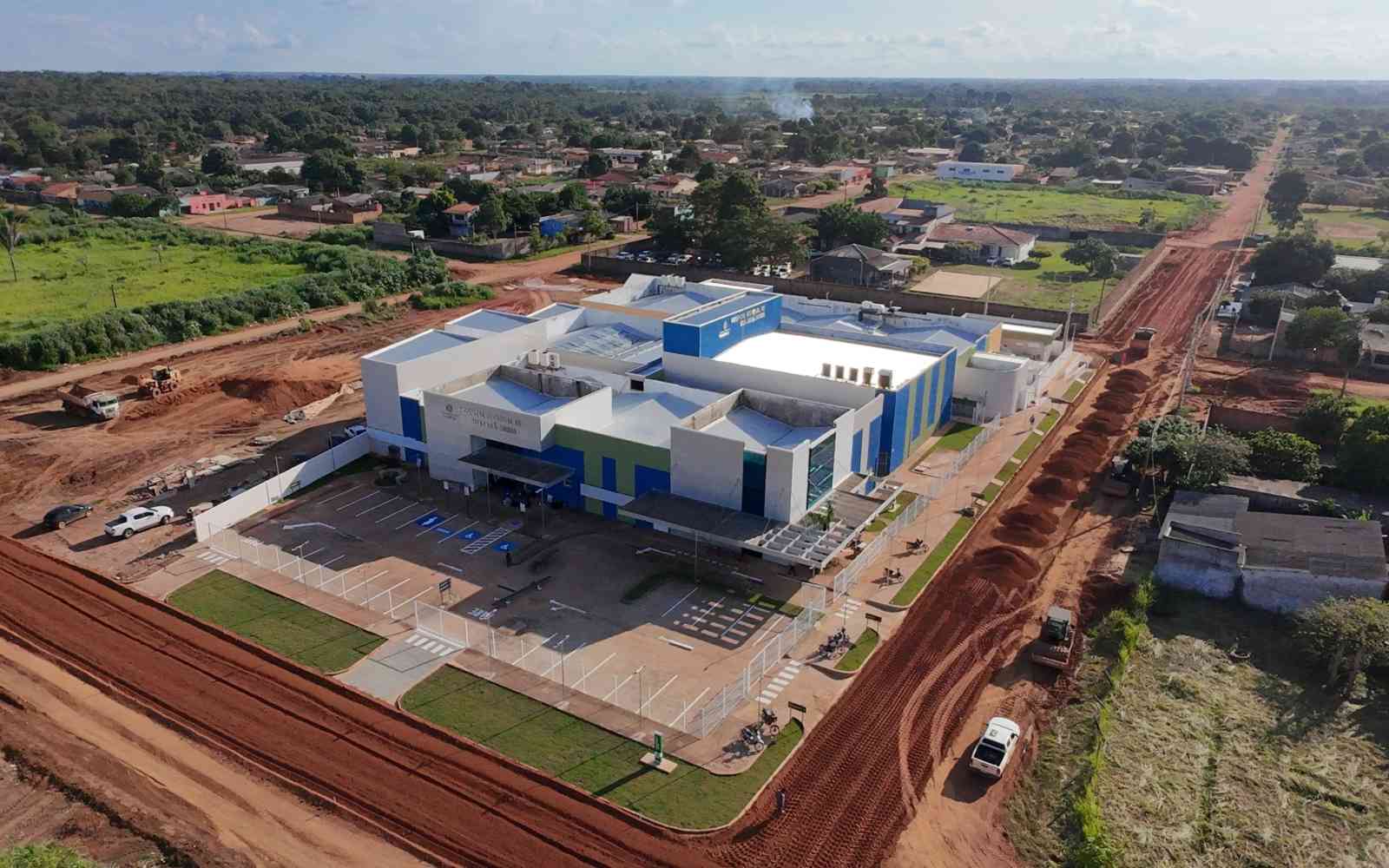The United Nations Office for Project Services (UNOPS)

“My dream is to have a school”
New schools in Indigenous and Quilombola communities across Brazil are opening pathways for education and opportunities for youth living far from urban centres.
Quilombola communities in Brazil are descendants of people who escaped slavery and established their own settlements called quilombos. These communities are defined by a shared history of resistance and a deep connection to their land, which they continue to fight to secure for official recognition and legal title.
In Brazil’s traditional areas, generations of Indigenous and Quilombola youth have grown up deeply connected to the land, yet too often without access to proper spaces to learn and grow.
For many, the path to education is tedious and uncertain – a journey marked by great distances, makeshift classrooms and scarce resources.
“My children studied here, under the trees, at people’s houses. It was very difficult,” says Maria Paulina, a resident of Sede, Pará State.
“When it rains, the students' notebooks get wet. There's nowhere to put the drawings,” adds Xiuhka Apalai, a teacher in Amapá.
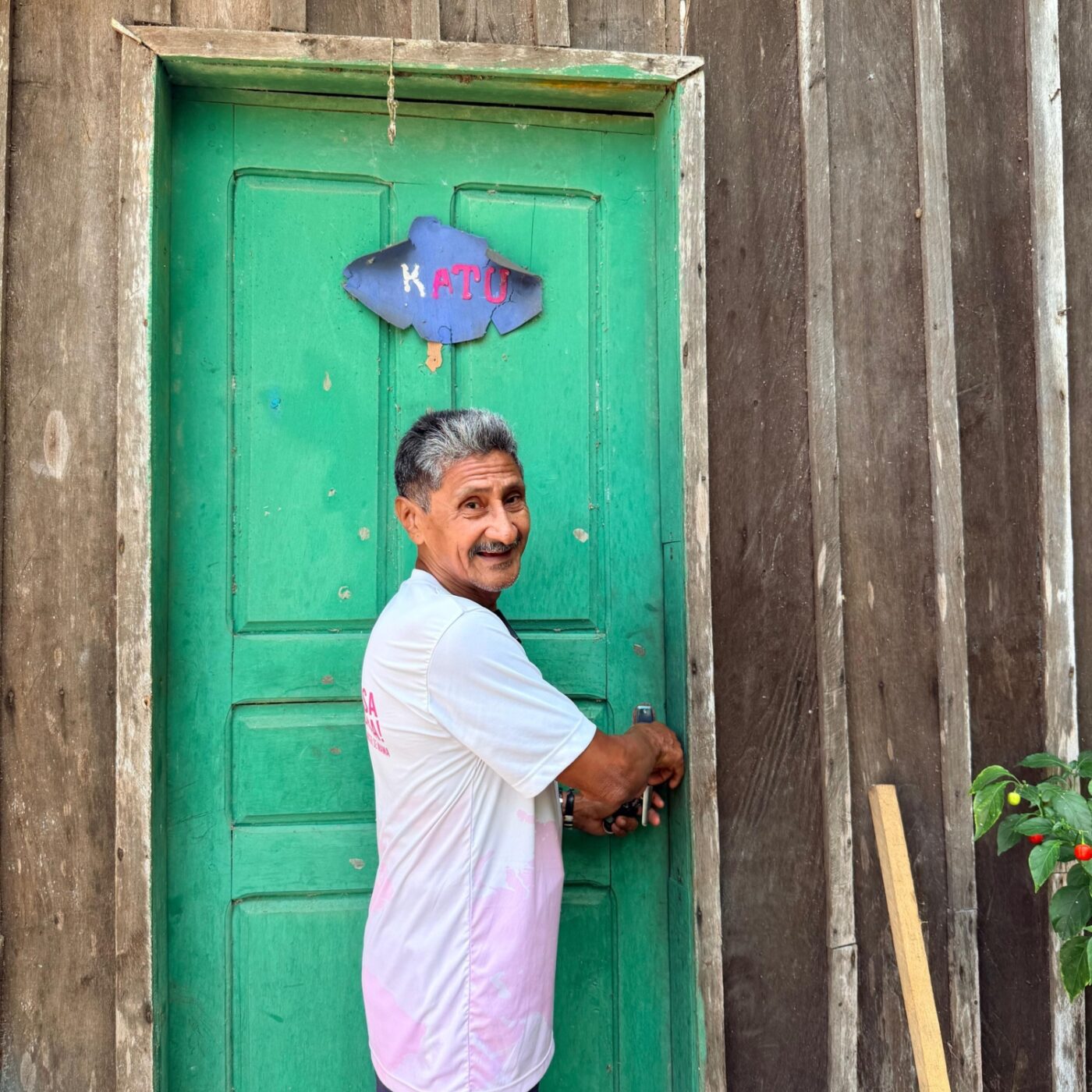
I was born and raised here. I learned to sign my name and that was it. We couldn't continue due to a lack of structure. There was no school, no teacher.
In some cases, families send their children to distant cities in search of education. But the cost is high – economically, socially and environmentally. When children leave, communities lose not only their youth, but also the opportunity to pass on generations of traditional knowledge – that has sustained life, biodiversity and livelihoods for centuries.
Approximately 295 Indigenous languages are spoken in Brazil, excluding dialects. However, many of them are at risk of disappearing as traditional ways of life are increasingly influenced by mainstream culture.
Source: Brazilian Institute of Geography and Statistics (IBGE)
Working with the Ministry of Education, through the National Fund for the Development of Education, UNOPS is supporting the completion of 62 Indigenous and Quilombola schools nationwide.
For these communities, access to education is not just a right but a necessity – to empower young generations, sustain cultural identity and protect their environment.
“[...] the preservation of nature is fundamental for us to continue surviving on Earth,” says Nilson Tembé, Chief of the Frasqueira Village in Pará State.
“Teaching our language is the most important thing; without it, we stop being Indigenous,” says Aderbal de Souza Santos Tembé, a teacher in Pará State.
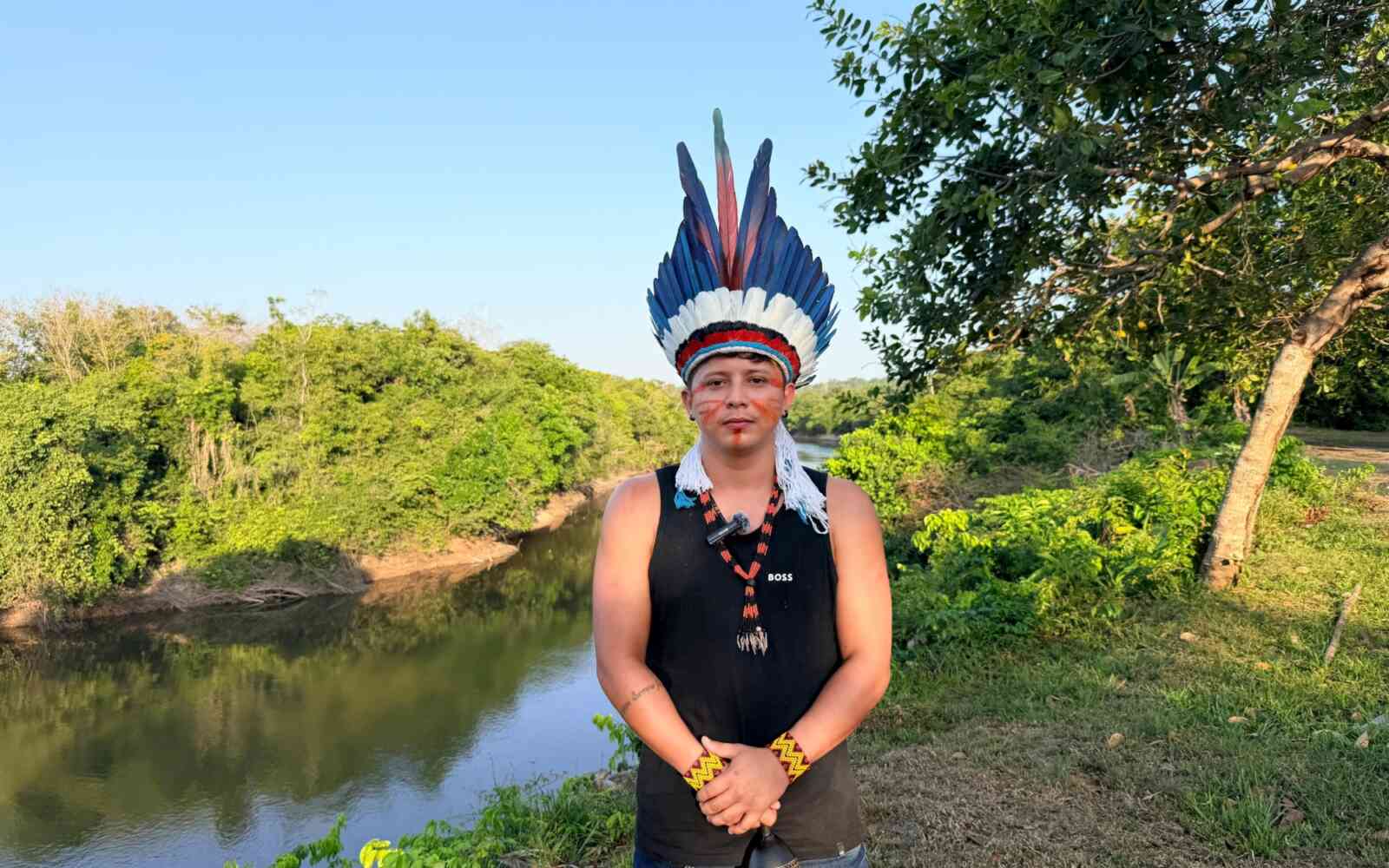
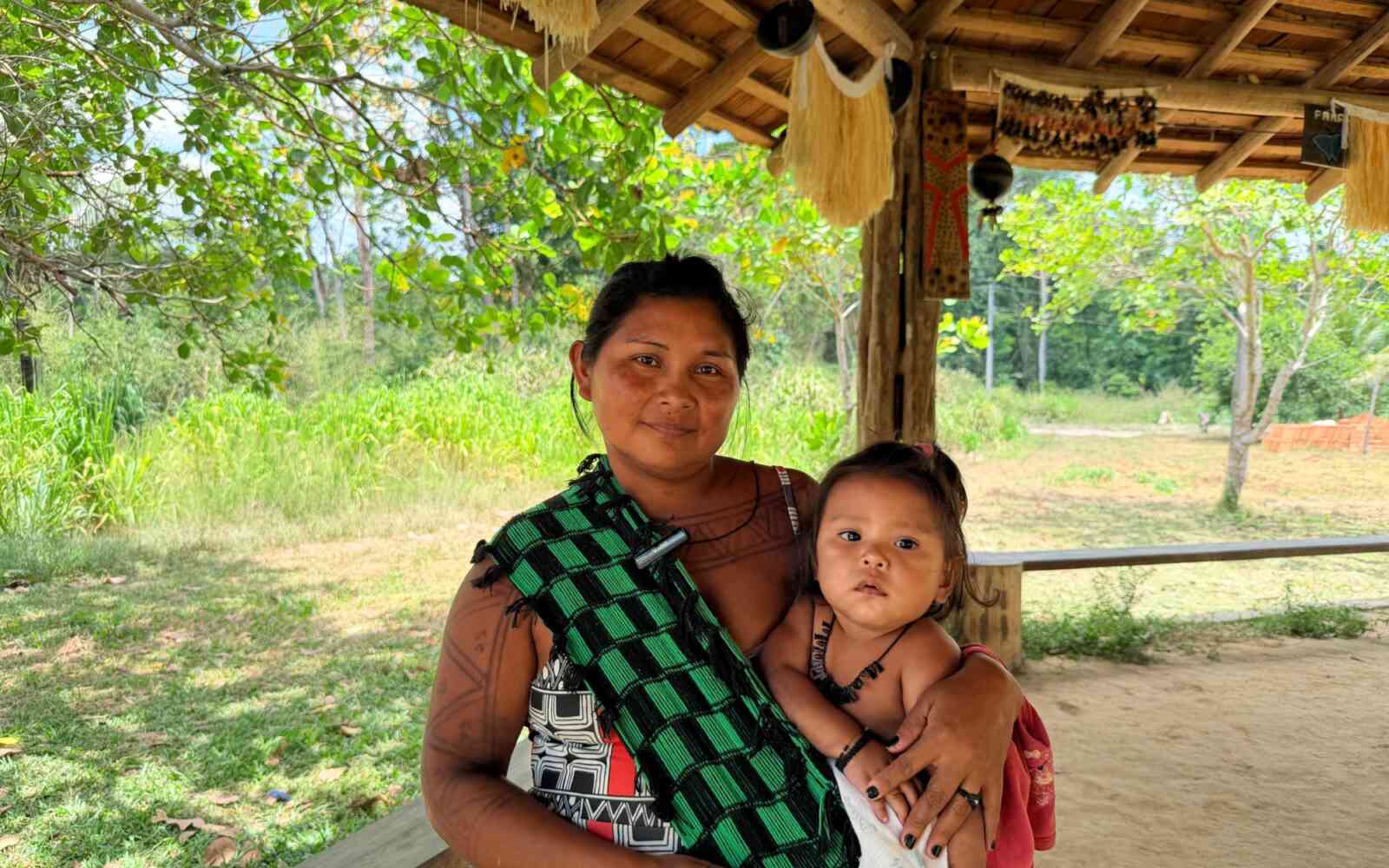

A school that values traditional knowledge and, at the same time, has space for technical-scientific knowledge, is a way to guarantee the future of the people.
Sustainability at the heart of the project
The completion of the schools goes far beyond infrastructure.
The communities were essential in making the project a reality. From the beginning, they voiced their needs and desires, sharing ideas to ensure the schools would reflect their way of life. Their participation shaped everything – from design to materials – including the identification of locally sourced and sustainable material for the construction, which will contribute to facilitating long-term maintenance.
To keep everyone informed and involved, a social management team was formed with members of Indigenous and Quilombola communities. They are responsible for sharing regular progress updates with community leaders, helping ensure the project stays true to their vision, strengthening both ownership and trust throughout its implementation.
“In this project, social management begins long before the construction, before the first brick is laid,” says Diogo Cavallari, UNOPS Works Management Specialist.
“From the very start, we were in contact with the leaders of the Indigenous and Quilombola communities, with the teachers and school principals and with the relevant local authorities,” he adds.
The schools are designed with sustainability in mind, using materials that maximize natural light and ventilation, integrate solar panels for renewable energy and include rainwater harvesting systems to reduce environmental impact and strengthen climate resilience.
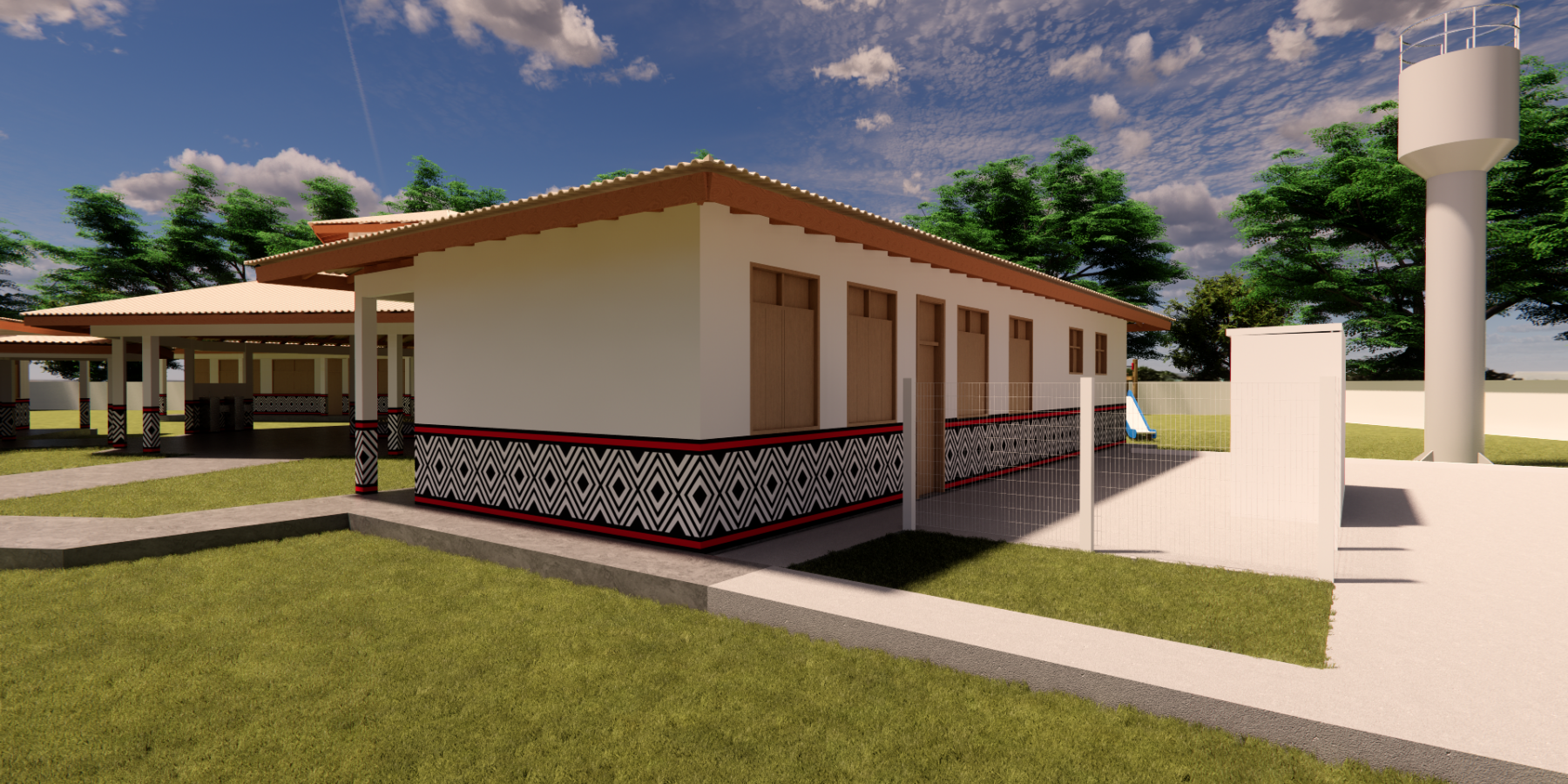
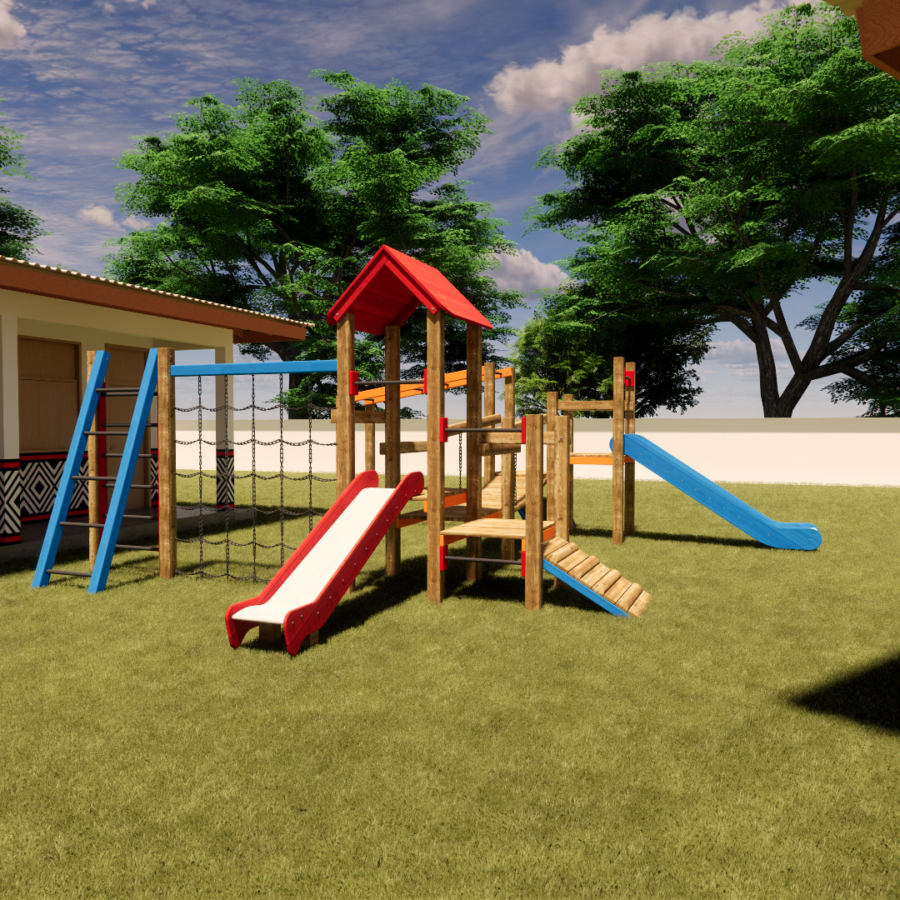
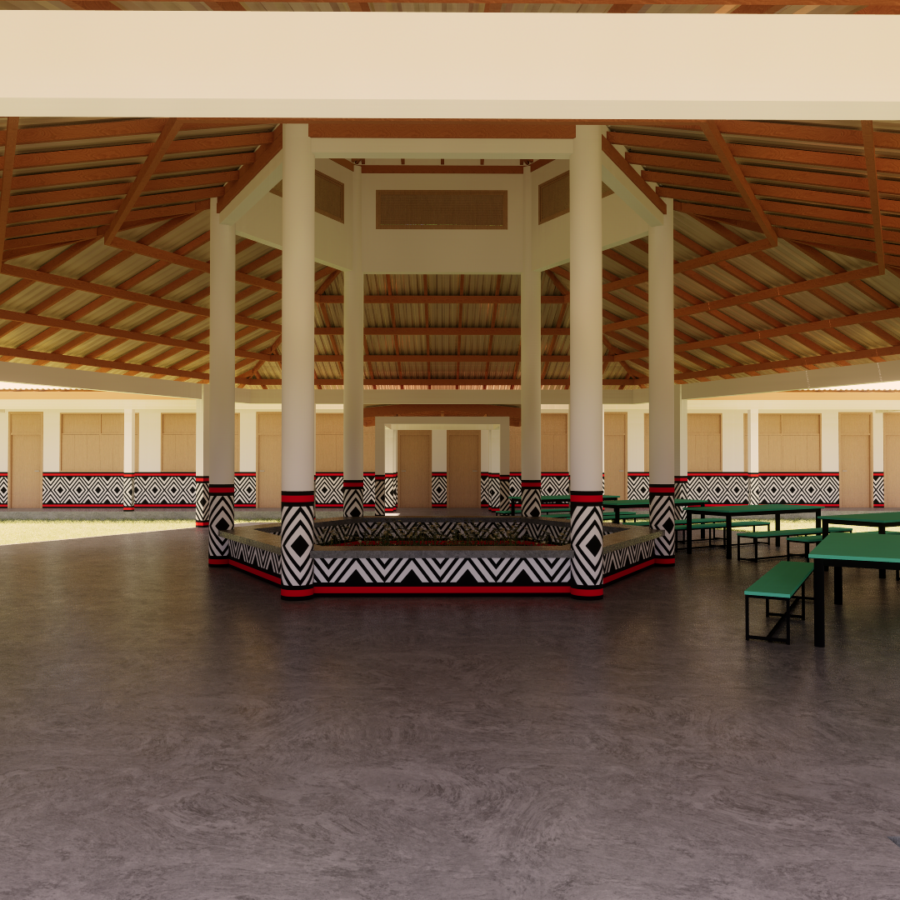

This initiative is opening pathways to education – and doors of opportunity – for young people across Brazil’s Indigenous and Quilombola communities.

I envision a future where Indigenous children [...] can study and continue practicing the routines of our people [...] with the science that comes from outside.
“I want to study law. For me it is about entering the world of Indigenous peoples’ rights. Fighting for our rights, which are often violated and not respected,” says Zahy Tembé, a student in Frasqueira, Pará State.
About the project
UNOPS is supporting the Brazilian Ministry of Education, through the National Education Development Fund (FNDE), in a project aimed at strengthening the management of school infrastructure across the country. The initiative focuses on enhancing FNDE’s institutional capacity to address gaps and improve the accessibility, quality and cost-efficiency of educational infrastructure nationwide. It also includes the completion of 62 Indigenous and Quilombola schools in Brazil’s North, Northeast and Central-West regions.










